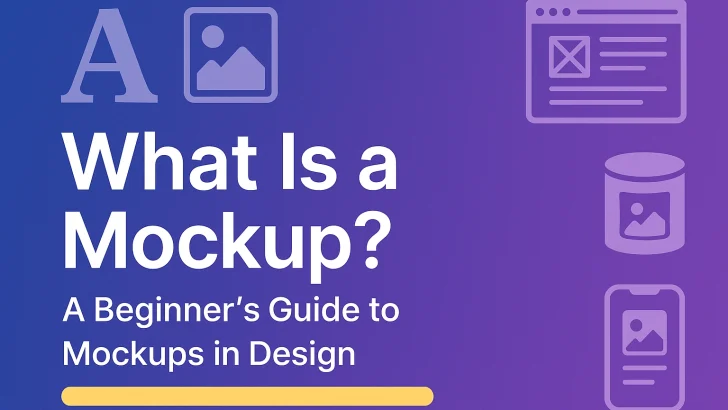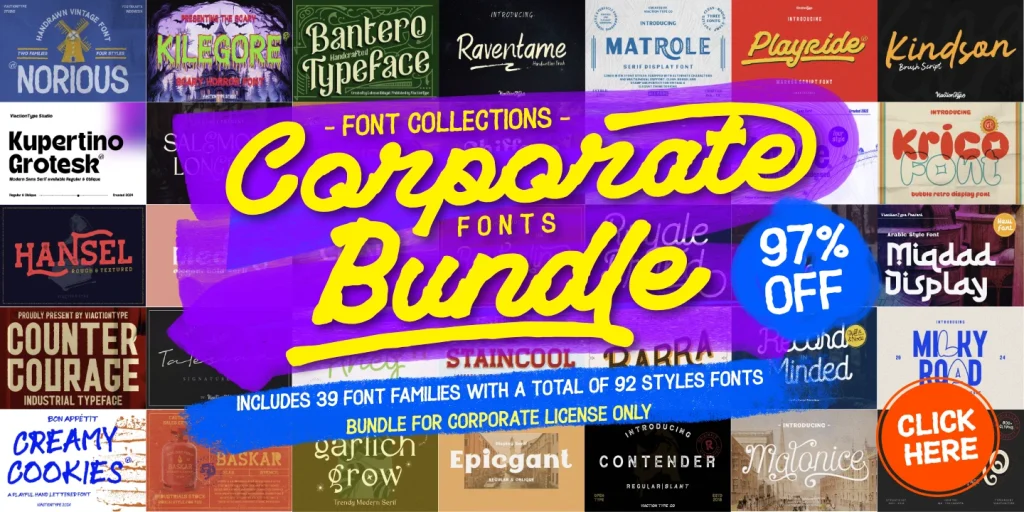New to design? Discover what a mockup is, why it’s essential, and how mockups help turn ideas into polished visual presentations. Perfect guide for beginners!
Introduction
If you’re stepping into the world of design, you’ve likely come across the term “mockup.” But what exactly is a mockup, and why is it such an important part of the creative process? In this beginner’s guide, we’ll break down the meaning of mockups, their uses, types, and how you can start creating your own.
What Is a Mockup?
In simple terms, a mockup is a visual representation of a product or design. It shows what the final product will look like but isn’t a functional version yet. Mockups are typically used for:
-
Presentations (to clients, stakeholders, or team members)
-
User testing (to gather feedback before full development)
-
Marketing previews (to showcase a product before it’s live)
Think of a mockup as the polished “preview” before the real product is built!
Why Are Mockups Important in Design?
Mockups are critical because they:
-
Visualize Concepts: Help turn ideas into tangible visuals.
-
Save Time and Resources: Identify problems early before investing in full development.
-
Enhance Communication: Make it easier to explain ideas to clients or teams.
-
Improve Branding: Professional mockups create a stronger impression during presentations or pitches.
Without mockups, it’s easy for misunderstandings or costly design errors to occur.
Common Types of Mockups
Here are the most popular types of mockups used across different industries:
-
Website Mockups:
Static representations of a website’s layout, colors, fonts, and navigation. -
App Mockups:
Showcase app screens with realistic visuals before coding begins. -
Product Packaging Mockups:
Preview how branding looks on boxes, bottles, or other packaging. -
Print Mockups:
Display designs on brochures, posters, business cards, etc. -
Clothing Mockups:
Show how logos or designs appear on T-shirts, hats, hoodies, and more.
Each mockup type serves a slightly different purpose, depending on your project.
Mockup vs Wireframe vs Prototype: What’s the Difference?
-
Wireframe: A low-fidelity skeleton of a design—just basic structure and functionality (no colors or real images).
-
Mockup: A high-fidelity static image that shows how the final design will look, but without any interactive features.
-
Prototype: A semi-functional model that allows limited interaction to test user flow and behavior.
In short: wireframe → mockup → prototype → final product.
How to Create a Mockup
Creating a mockup is easier than ever today thanks to modern tools. Here’s a simple process:
-
Choose a Mockup Tool or Software:
(e.g., Figma, Adobe XD, Canva, Sketch, Photoshop) -
Start with a Template or Blank Canvas:
Many tools offer ready-to-use mockup templates. -
Insert Your Design Elements:
Add logos, UI screens, product packaging visuals, or any artwork. -
Adjust Colors, Shadows, and Textures:
Make the mockup look as realistic as possible. -
Export and Present:
Save in high quality and present to your client, team, or audience.
Popular Tools for Creating Mockups
-
Canva (easy drag-and-drop mockup generator)
-
Adobe Photoshop (advanced mockup editing)
-
Figma (great for UI/UX mockups)
-
Placeit (automated mockup generator for products and apparel)
Each tool has its strengths depending on your skill level and project needs.
Conclusion
A mockup is an essential bridge between imagination and reality in the design process. Whether you’re designing a website, an app, or a new T-shirt line, mockups help visualize ideas, catch problems early, and communicate more effectively. As a beginner, learning to create great mockups is one of the smartest ways to elevate your design skills.

